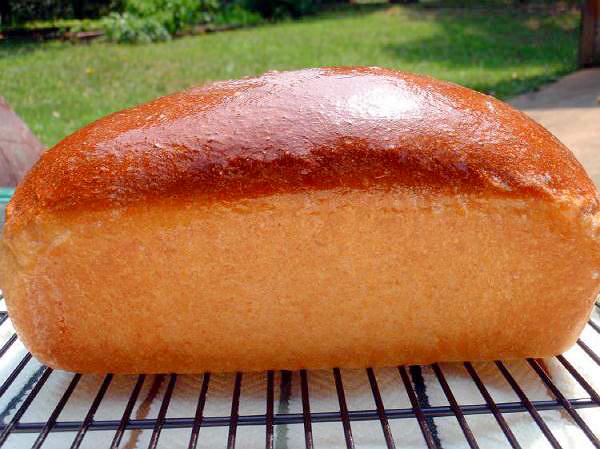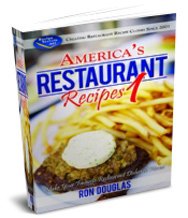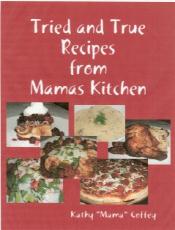How To Make Bread Without a Bread Machine

I've had several people ask me how to make bread if they don't have a bread machine. I've only recently begun baking bread so I don't know a whole lot about making it the “old fashioned” way but I'll share what I have learned. Keep in mind that it may take several tries to get to know the “feel” of the dough.
Most recipes are for 1 1/2 pound loaves which is a 9 x 5 inch loaf.
How to make bread by hand:
- Proof the yeast (dissolve the yeast and 1 tablespoon of sugar in warm water or milk, the amount will depend upon the recipe).
- Combine the ingredients and mix well.
- Cover with plastic wrap and allow the dough to sit for 20 to 30 minutes. This is not necessary but it is a step called “autolyse” that bread machines use to develop the gluten in the flour.
- Knead the dough until smooth and soft. You may need to add more flour as you are kneading the dough.
- Check the “Gluten Window” to see if you have kneaded the dough long enough. (See the note at the bottom of the page)
- Let the dough rise until doubled.
- Punch down the dough and shape into a loaf.
- Place bread in a greased loaf pan, or on a baking sheet for a round or free formed loaf.
- Let the loaf rise again in a warm place free from draft until it's doubled (this could take anywhere from 30 minutes to 2 1/2 hours but usually about an hour will do it)
- Bake according to the recipe.
How to make bread using a stand mixer:
- Proof the yeast (dissolve the yeast and 1 tablespoon of sugar in warm water or milk, the amount will depend upon the recipe).
- Combine the wet ingredients and add your dry ingredients with half of the flour. Mix the dough gradually add more flour while using the dough hook until the dough pulls away from the sides of the bowl.
- When the dough comes together into a ball, start timing it. Knead for a minimum of about 5 minutes. Check the “Gluten Windowpane” and knead more if necessary. (See note below)
- Keep a close eye on the mixer, put your hand on the part of the mixer where the motor is located to make sure that it doesn’t overheat which will ruin the mixer. If the motor feels really hot, turn it off for a minute or two to let it cool down before resuming kneading the dough.
- Turn off the mixer, cover with plastic wrap.
- Let the dough rise until doubled.
- Punch down the dough and shape into a loaf.
- Place bread in a greased loaf pan, or on a baking sheet for a round or free formed loaf.
- Let the loaf rise again in a warm place free from draft until it's doubled (this could take anywhere from 30 minutes to 2 1/2 hours but usually about an hour)
- Bake according to the recipe.
Note: What is a Gluten Windowpane?
- Pinch off about two tablespoons of dough and try to stretch it into a thin membrane (windowpane).
- If the “windowpane” does not tear and is mostly opaque, the gluten has just barely begun to develop.
- If you can stretch the “ windowpane” paper-thin and it is very translucent, the gluten has fully developed.
- Somewhere in between these two extremes: the windowpane is translucent with some opaque areas is the gluten development that most recipes are looking for.
From everything I've learned, it's not really that hard to take a bread machine recipe and convert it to a traditional recipe but it is time consuming. Bread machines are not that pricey anymore. You can pick one up a new one for less than $60 so if you're like me and are just learning how to make bread or you would like to make bread but find that you just don't have a lot of time, I would highly recommend investing in a machine even if you do like I do and only use it to make the dough.
Return To Mamas Southern Cooking Homepage


Chosen as one of the 50 Best Southern Food Blogs by

If you like my website, you're gonna love my new ecookbook Tried and True Recipes from Mama's Kitchen.

Now you can make your favorite restaurant recipes at home!





New! Comments
Have your say about what you just read! Leave me a comment in the box below.